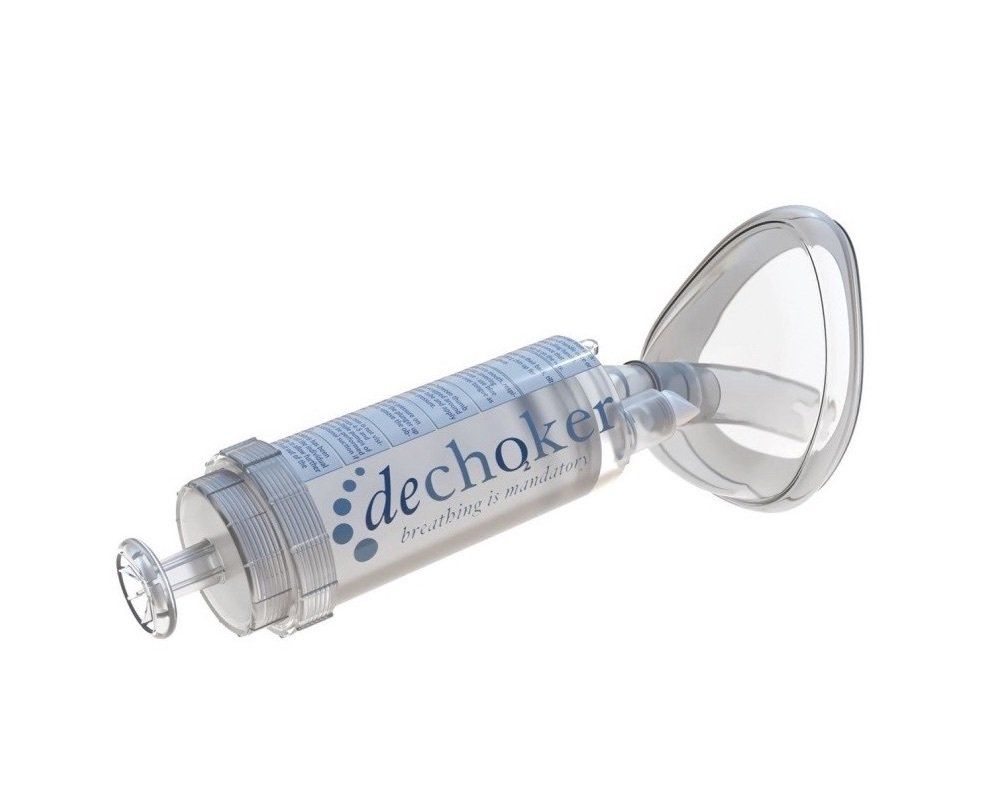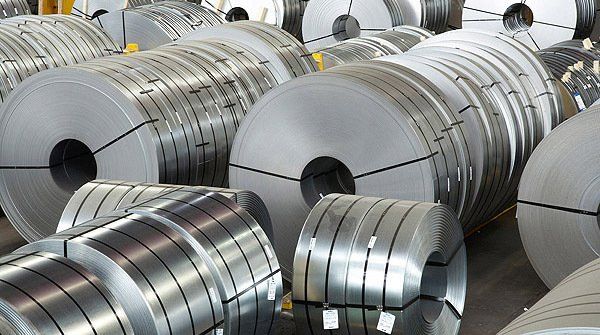Blog

Newscasts distress us daily with repetitive information on each case, each patient, each city and each coronavirus-related activity. In fact, the newscasts do not give news, but all possible angles of the practically unique "news of the day". Analyzing the repercussion that this pandemic has on the world, it seems quite clear that humanity is now much more concerned about the virus than it was, for example, at the end of the year, about climate change, the Madrid climate summit COP25 included. There may be many reasons, but in my opinion the most important is uncertainty. The educated part of humanity understands that climate change is a real danger, but in a certain way it recognizes that, in the first place, it is not something immediate (those who come after them who plow, to put it roughly) and deep down they have some faith that the scientific community find the remedy and make it known to the rulers of the planet before it is too late. On the other hand, with the virus, almost nobody knows what to do. Some of us thought a week ago that it was not so bad, others that it is in the process of being solved and a good part is genuinely frightened by the thousands of hours of prime time dedicated to telling the anecdotes of the case. And above all it has an economic aspect that nobody had thought about; Thousands of cancellations of events and acts, closings of all types of businesses, are generating incalculable losses and possibly will generate the ruin of organizations that live on the preparation, organization, planning and execution of events whose bill no one knows who, not even if, is going to turn off. It may be a good time, although almost no one remembers now, to remember that the origin of this pandemic, as far as we know, is a food security problem. Bulk foods without sanitary control, of course without packaging, without traceability, lead us to think that perhaps in our countries, where there is such security, this virus would not have had the opportunity to progress. Let's leave it there. But now comes protective measures. Can you imagine that we would have banned single-use plastic items as so many people have been unconsciously asking for? If we are clear about anything, it is that single-use packaging, protective articles and other objects are essential in the protection of health and food safety. We fear that few will be sensitive to these reflections, but it may be time to think about whether we must continue to criminalize plastic and other disposable objects of our ills, or conversely recognize that they are a good part of the solution to maintain health and consumer safety. Although it would be a lot to ask, at this point, perhaps a collective reflection on the need to recycle everything we use, and to do so make sure that the recycling facilities are at hand, wherever we are, we can be , and not prohibitions, the solution to the dilemma.

In the political debate on climate change it has been suggested that packaging materials derived from fossil reserves, like plastic polymers, should be restricted and phased out as they contribute to increased concentration of carbon dioxide when incinerated after use. Plastics is derived from the very small (4%) portion of crude oil in the refinery process, and is a by-product, ethane, which otherwise is burnt with a flame in the process. As an alternative some opinion formers suggests that bio based polymers should be promoted and replace traditional fossil based plastic packaging. Plastic packaging is essential in most distribution systems and we would not be able to feed the world population without it. When more than 50% of the individuals on the globe are living in urban areas and cities without the possibility to grow their own food, packaging is the solution. But bio based polymers may not be the solution. Extensive land use, fresh water supply and use of artificial fertilizers will raise questions. Competition with food production or bio-based fuel may also be an issue. In addition it may also interfere with objectives on biodiversity. The way out of this dilemma is maybe controversial, but plastic packaging should not be incinerated after use, not even for energy recovery. Recycling is the first option but with restrictions on quality of recycled material (strict food contact requirements) and unfortunately often with a negative cost/value equation. Used plastic packaging with no option for an effective recycling should therefore be landfilled – well managed and controlled. This will prohibit carbon dioxide emissions and actually serve as a carbon sink. Collected and used plastic packaging will bring back the fossil carbon into the earth’s crust and will avoid impact on climate change. We have to realize that "Plastics to Fuel" is an old fashion concept that does not meet the objective to reduce carbon emissions - the hot topic of today. Energy should be produced from renewable resources, and the sustainable concept for used fossil plastics is “Carbon Capture”. To bring back fossil carbon to the earth’s crust after a valuable contribution in the distribution system is a sustainable story. Circularity for used plastic packaging when the value/cost equation of recycling is positive, but Carbon Capture when the equation is negative. Energy recovery is better than just incineration, but still with carbon emissions and impact on climate change.

Some time ago I listened to a presentation by the secretary general of a glass packaging manufacturers association. I was particularly interested in her strong defense of closed loop recycling. That is, manufacturing a product with the material recovered from a used product of the same type. A product can be manufactured from the same used product, but only in some cases and under some conditions. That is a technical question, but first let me remind you that the word we commonly use to define a material is in most cases a generic name, and not a specific material for a specific use. When we say aluminium can or aluminium foil we are talking about different materials with different compositions and properties, for different applications as well, even if the common base is aluminium. The same takes place when we speak about a plastic bag or a plastic tray. A plastic tray can be as different from a supermarket plastic bag as a white sheet of writing paper from a cardboard box of wine bottles or the glass of those wine bottles from the glass in a smartphone. These features have nothing to do with the environment. They belong to a very well developed scientific discipline: Materials Science and Engineering. And recycling is also, above all, a technical activity which has to be developed by engineers, chemists and physicists as well as many other professions, in the same fashion than for other real life activities. Some twenty years ago it was fashionable to write on recycled paper. I myself used to do it. There are still today people who write on horribly grey recycled paper. To show a modern corporate image I spent a fortune to buy a fantastic british recycled bond paper, until I found out that it was far less environmentally friendly than virgin fibre normal writing paper. Some years after that I read that the british Mirror newspaper had carried out a carbon footprint study and found that the environmental impact of paper recycled in Britain was about twice that of 50% recycled- 50% virgin paper produced in Sweden. But at the same time you may find that in some countries most newspapers are printed on recycled paper because it is more efficient. Once more, technical questions for the experts. The paper industry is above all a recycling industry: most carboard used toady is made from recycled paper and paper is probably the most recycled material around the world taking into account all its appplications. What can we learn from this short story? That industry has developed the technology to make the best and possible use of used paper, in the most efficient and sustainable way, and uses its resources in the best posible way. A good lesson for those who want to teach us sustainability. A completely different example is glass packaging, which is the example that gave rise to this post. The best possible application for a used glass bottle is to make another identical glass bottle or flask. The reason is that otherwise that crushed glass might have to be used to fill a road base. If we wanted to make TV screens with used glass bottles we would never succeed, because it is not technically possible. In this case, closed loop recycling is by far the best possible solution. That’s why the glass manufacturers promote heavily this as the most sustainable outcome. To end this post let me say a few words about beverage cans. They can be manufactured from steel or aluminium. Everybody understands that if we wanted to make an aluminium beer can with a used steel beer can or viceversa it would be stupid (industrially impossible, to be precise) even if it were the same product for the same use. I hope no one doubts that. To make it short I won’t speak of the two metals. I’ll stick with aluminum. With used aluminium beverage cans we can make new aluminium beverage cans. Is this the best option? I’ll clarify this. To make new aluminum cans out of used aluminium cans we need a lot of them, sometimes more cans than those which are consumed in a small country. The reason is that the plant to do this, for industrial reasons, has to be of large scale (an efficient plant needs to produce several thousand tons a year). That’ s why only a few plants in Europe do that. But with used aluminium beverage cans we can manufacture, with the necessary composition adjustments, other products such as engine pistons or window blinds. These are manufactures which require considerably smaller amounts of metal, because they are different processes for diferente productions. But the energy saved by recycling the aluminium can will be the same independently of what is the next aluminium product. What does it mean? In a country where the consumption of aluminium cans is not too large, casting cylinder pistons or extruding window frames can be more advisable from the industrial point of view. Closed loop recycling is a standard operation, but there are other uses which can be more profitable or even more sustainable. I hope no reader could think that manufacturing pistons for a Moto GP world cup motorcycle, as an example, is a less honorable process that manufacturing another beer can. Unless someone takes it as a personal offence and demands that by law, you compulsorily have to manufacture the same product as before, in a closed loop recycling. That’s what is now called Circular Economy. That’s the fashionable term with the greens.
